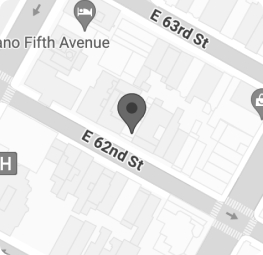
Face
Facelift
A facelift, also known as rhytidectomy, is a surgical procedure aimed at rejuvenating the face by addressing signs of aging such as sagging skin, wrinkles, and facial volume loss. This cosmetic surgery procedure is designed to create a more youthful and refreshed appearance.
Facelift Frequently Asked Questions
What is a Facelift?
A facelift, or rhytidectomy, is an aesthetic surgery procedure designed to rejuvenate the face by addressing signs of aging such as sagging skin, wrinkles, and facial volume loss.
Who is a good candidate for a Facelift?
Good candidates are individuals who are experiencing sagging skin and wrinkles in the midface, jowls, and neck. Age alone is not the determining factor; suitability depends on individual concerns and goals. Nicotine and Tobacco use are absolute contraindications and exclude patients from being safe candidates.
What are the different Facelift techniques?
There are various facelift techniques, including:
- Traditional Facelift: Addresses the lower two-thirds of the face and neck.
- Mini Facelift: Targets a specific area, often with smaller incisions.
- Mid Facelift: Focuses on the midface area.
How is a Facelift performed?
Facelift surgery typically involves making incisions in the hairline, around the ears, and sometimes under the chin. The procedure lifts and repositions underlying tissues (SMAS), removes excess skin, and will redistribute fat for a more youthful contour.
What type of anesthesia is used for a Facelift?
Facelifts are performed under general anesthesia or intravenous sedation, depending on the extent of the surgery and patient preferences.
What is the recovery time for a Facelift?
Recovery time varies, but patients can generally expect some swelling and bruising for a few weeks. Most individuals can return to normal activities within two weeks, with restrictions on strenuous exercise.
How long do the results of a Facelift last?
The results are not only immediate but continue to improve as swelling subsides. The longevity of results depends on individual factors, including aging and lifestyle choices.
Can a Facelift be combined with other procedures?
Yes, facelift surgery is often combined with other procedures such as eyelid surgery (blepharoplasty), brow lift, or nonsurgical treatments like dermal fillers for a more comprehensive facial rejuvenation.
What are the risks associated with a Facelift?
Risks include infection, bleeding, scarring, changes in sensation, and complications related to anesthesia. Choosing a board-certified and experienced plastic surgeon is crucial to minimize these risks.
Are there non-surgical alternatives to a Facelift?
Yes, non-surgical alternatives include injectable treatments like Botox and dermal fillers, which can address specific signs of aging but provide temporary results.

